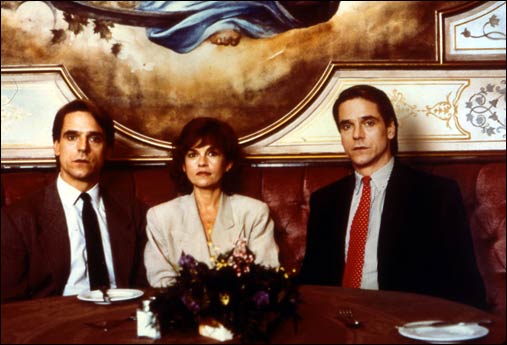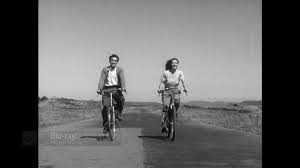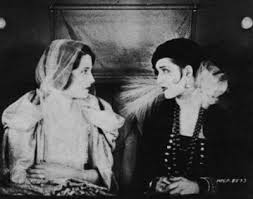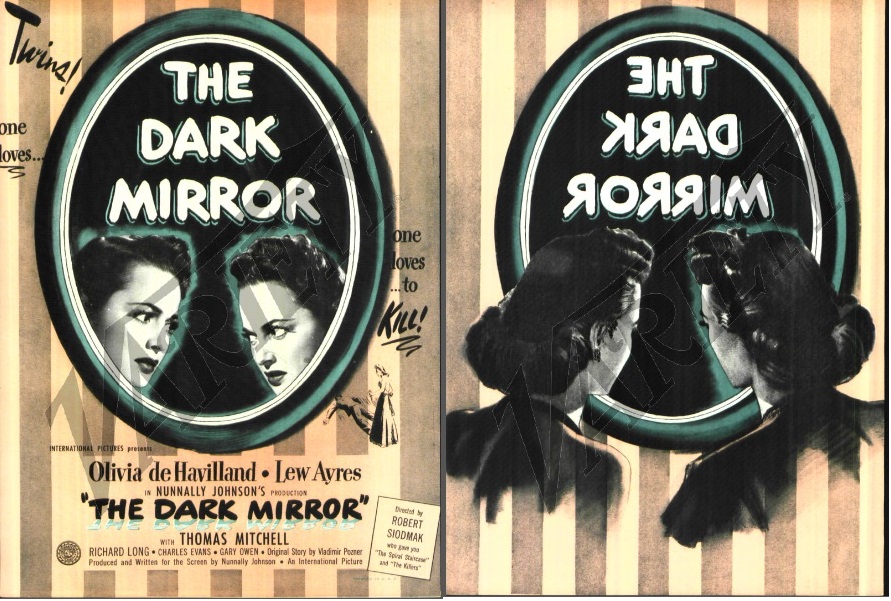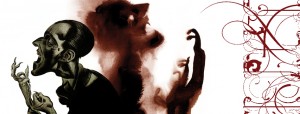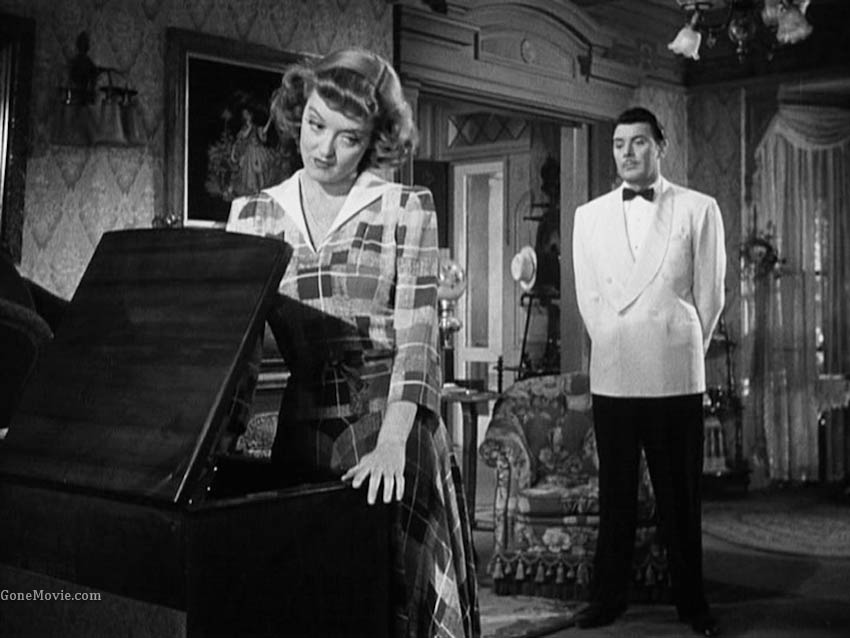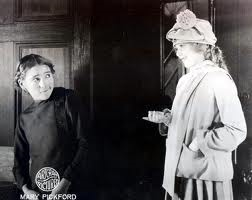All are very welcome to join us for our next screening and discussion session, which will take place on the 9th of March, 5-7pm, in Jarman 7.
We will be showing Frances’ choice: The Double (2013, Richard Ayoade, 93 mins).
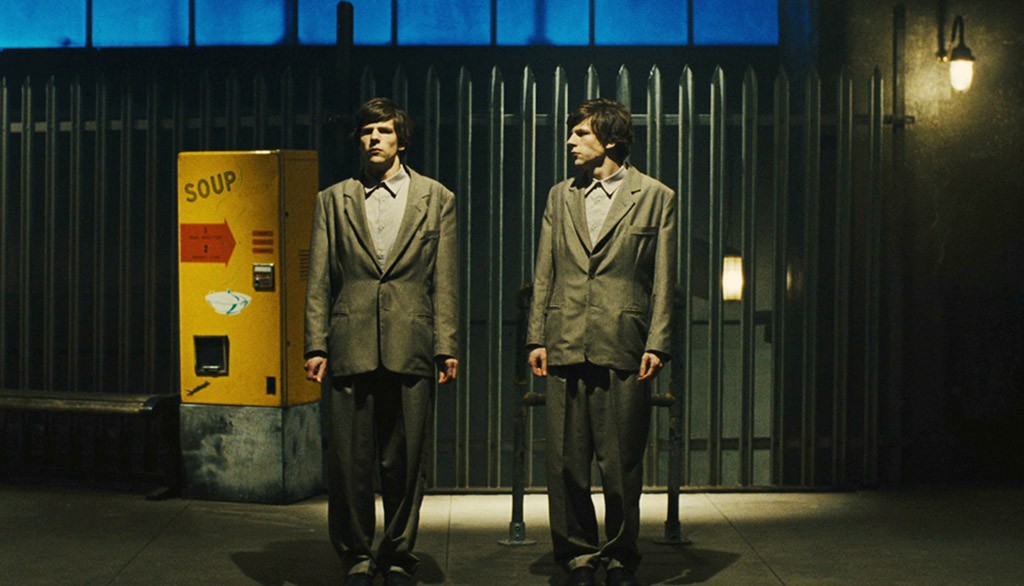
Frances has very kindly provided the following introduction:
There is a moment at the beginning of Fyodor Dostoyevsky’s novella The Double when the main protagonist, Yakov Petrovitch Golyadkin, is first waking up in the morning and it is observed: ‘For two minutes, however, [Golyadkin] lay in his bed without moving, as though he were not yet quite certain whether he were awake or still asleep, whether all that was going on around him were real and actual, or the continuation of his confused dreams.’ This description imaginatively captures the experience of watching the 2013 film of the same name, directed by Richard Ayoade and starring Jesse Eisenberg. Just like Golyadkin’s reflections in the Russian short story, we as viewers of the film are left wondering at the movie’s conclusion whether what we have watched has a logical explanation, or whether it is the product of the protagonist’s ‘confused dreams.’ The film is an adaptation of Dostoyevsky’s work but our main protagonist is now Simon James. Simon lives a dull and monotonous life, spending most of his waking moments working in a dreary office, where he is ignored and shunned by his colleagues. The rest of his time is spent unsuccessfully wooing a work colleague and neighbour Hannah, who he watches in her apartment through a telescope when at home. Simon’s life changes dramatically, however, when a new employee appears at work and is the exact physical double of Simon. This doppelgänger – named James Simon – is physically identical to Simon in every way but the former’s life could not be more different. Where Simon is reserved and his work efforts remain unacknowledged by his peers, James is confident, successful and popular with everyone. James even manages to seduce Hannah. Simon’s bewilderment at the situation is heightened by the fact that no one else sees James as a double: only Simon can perceive the uncanny resemblance between the two men. Simon soon realises that James’s presence in his life is intolerable and the story focuses on Simon’s attempts to resolve the situation.
The Double is a British film which premiered at the Toronto Film Festival and was critically well received. Ayoade updates Dostoyevsky’s story to a modern setting but the exact location and time setting of the film is not explicitly stated. The lack of spatial or temporal orientation helps to establish the unsettling, detached and bleak tone of the film and the narrative’s conclusion remains ambiguous. The story’s portrayal of a doppelgänger – and particularly how this physical impossibility is not acknowledged or even noticed by any other character except Simon – is key for creating this eerie mood. It is possible to see several influences at work in Ayoade’s film, including aspects of Kafka, Terry Gilliam and David Lynch, and the film’s use of musical extracts from Franz Schubert’s Der Doppelgänger (which also tells the story of a man’s confrontation with his own double) helps to evoke the work of E.T.A Hoffmann. In this way The Double is uncanny in the Freudian sense of the word: through his analysis of Hoffmann’s work, Freud theorises that the figure of the double is undoubtedly uncanny, as the presence of identical bodies raises questions as to the uniqueness of an individual. The figure of the double also occupies a tentative position between life and death, and in Hoffmann’s tale this power has supernatural implications with the Sandman character. In many ways The Double is evocative of the story and tone of Hoffmann’s Der Sandman. Like Nathaniel in Hoffmann’s work, Simon is also the only protagonist within the diegesis who experiences the moment of seeing a double. In Nathaniel’s case, this doppelgänger is of the Sandman who reappears in various guises throughout the narrative. For Simon, it is his own body which is doubled through James. In both stories, the double figure is a disruptive force and a source of evil; it quickly becomes apparent that the protagonist and the doppelgänger cannot both exist. It also remains unclear how the events described in Der Sandman and The Double should be interpreted. Does the doppelgänger actually exist, or is he a product of the protagonist’s troubled mind? In a manner evocative of the earlier description in Dostoyevsky’s novel, Freud notes that Hoffmann ‘leaves us in doubt as to whether we are dealing with the initial delirium of the panic-stricken boy or an account of events that must be taken as real within the world represented in the tale.’
It is for these reasons that The Double operates quite differently from some the other films screened in this season on the double. The film features an actual doppelgänger whose presence is unexplained, unlike some of the other films where this doubling is explained, for example, through mistaken identity or sibling similarities. Yet the melodrama of the film stems, like the other stories shown, from the double character. In The Double it is James’s intrusion into Simon’s life which illuminates themes such as unrequited love, dysfunctional family units, a crisis of the self, the pain of loss and attempted suicide, and entrapment within an unfulfilling and mundane life. Despite these highly melodramatic themes, the tone of the film is difficult to articulate. The film’s opening demonstrates this well. We are introduced to Simon on a drab looking train on his way to work. There are few other characters occupying the carriage where Simon sits silently, and yet an intimidating stranger demands Simon move. Simon quietly and nervously acquiesces to the unreasonable demand. Similarly, moments later Simon attempts to leave the train but is constantly stopped by another passenger loading packages onto the carriage who ignores Simon’s need to alight. The scene successfully encapsulates Simon’s tragic existence and it is frustrating, saddening and uncomfortable to watch. Yet the scene is also darkly humorous, as the ridiculousness of the situation becomes comic. It is the complexity of the film’s tone and the ambiguity of its narrative which makes The Double a compelling viewing experience and challenges the viewer to make sense of these strange and chaotic interactions. Should the events portrayed in The Double ultimately be interpreted as ‘real and actual’, or are they the product of ‘confused dreams’? It will be interesting to see what conclusions we draw in our discussion after the film.
I hope to see you there!

